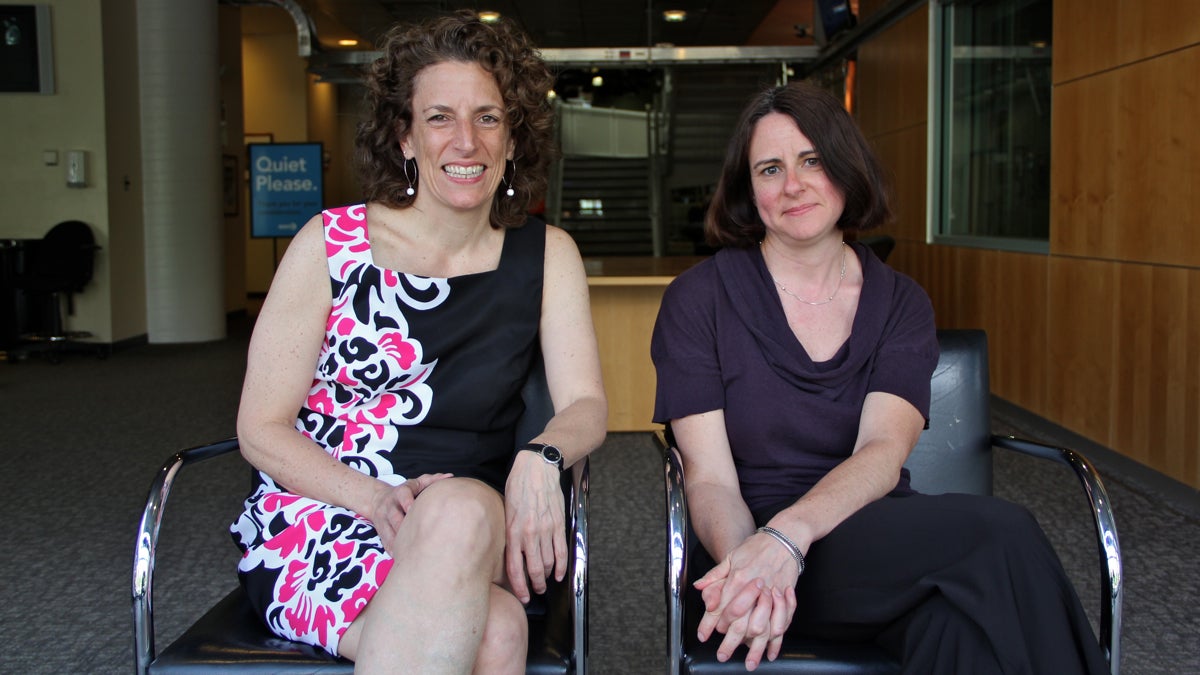As climate warms, mangroves serve as defenders against flooding
Listen
For this edition of 'So What Do You Do?'
What can we do to adapt to global warming as species move, shift their habitats or disappear altogether? This big question came up in our series “So, what do you do,” where we pair lay people with scientists for down to earth conversations about research – and life!
For this edition, graphic designer and artist Anthony Smyrski of Philadelphia asked Villanova biologist Samantha Chapman: “So, what do you do?”
“I’m a professor and an ecosystem ecologist at Vilanova University, and I try to understand how coastal lands provide services for us,” answered Chapman. “For example, I’m interested in how vegetation such as salt marshes and mangroves can help protect us against big storms and waves as they line our coasts.”
Smyrski wanted to know more about Chapman’s collaboration with NASA. He told Chapman that as a kid, he wanted to be an astronaut and wrote to NASA to receive photos and news. “What is the connection between space exploration and your work, which seems to be happening right here on earth?”
Chapman said there were two reasons for her collaboration with NASA. “They take great pictures of the earth from space, and we use that data in our research,” she explained. “And they have all this land which lines the coast, including at the Kennedy Space Center, right next to the ocean and the rising seas, so they want to know how could vegetation protect these expensive facilities.”
Smyrski asked how Chapman’s research applied to urban dwellers like himself. Chapman cited Hurricane Sandy as an example which brought flooding to urban areas. “If we have marshes here, or mangroves in the South East, they block that wall of water. If you can picture a big mangrove tree, which looks like a jungle gym, if a big wave hits that, the mangrove dissipates and breaks it up.”
Smyrski told Chapman that he was interested in the issue of climate change, and asked if she could see a collaboration between scientists and artists. “Yes, there’s an enormous need for that,” she replied. “You and your work is better at communicating with people. We scientists are notoriously not good at that. You can reach people on different levels of their psyche, we are trained to say things in small boxes because we are careful.”
Chapman said that, generally speaking, she’s hopeful about the future of the earth since species are resilient and are able to adjust and adapt to new circumstances.
Do you want to be part of our ‘So, What Do You Do?’ segment? Email us at thepulse@whyy.org.
WHYY is your source for fact-based, in-depth journalism and information. As a nonprofit organization, we rely on financial support from readers like you. Please give today.




